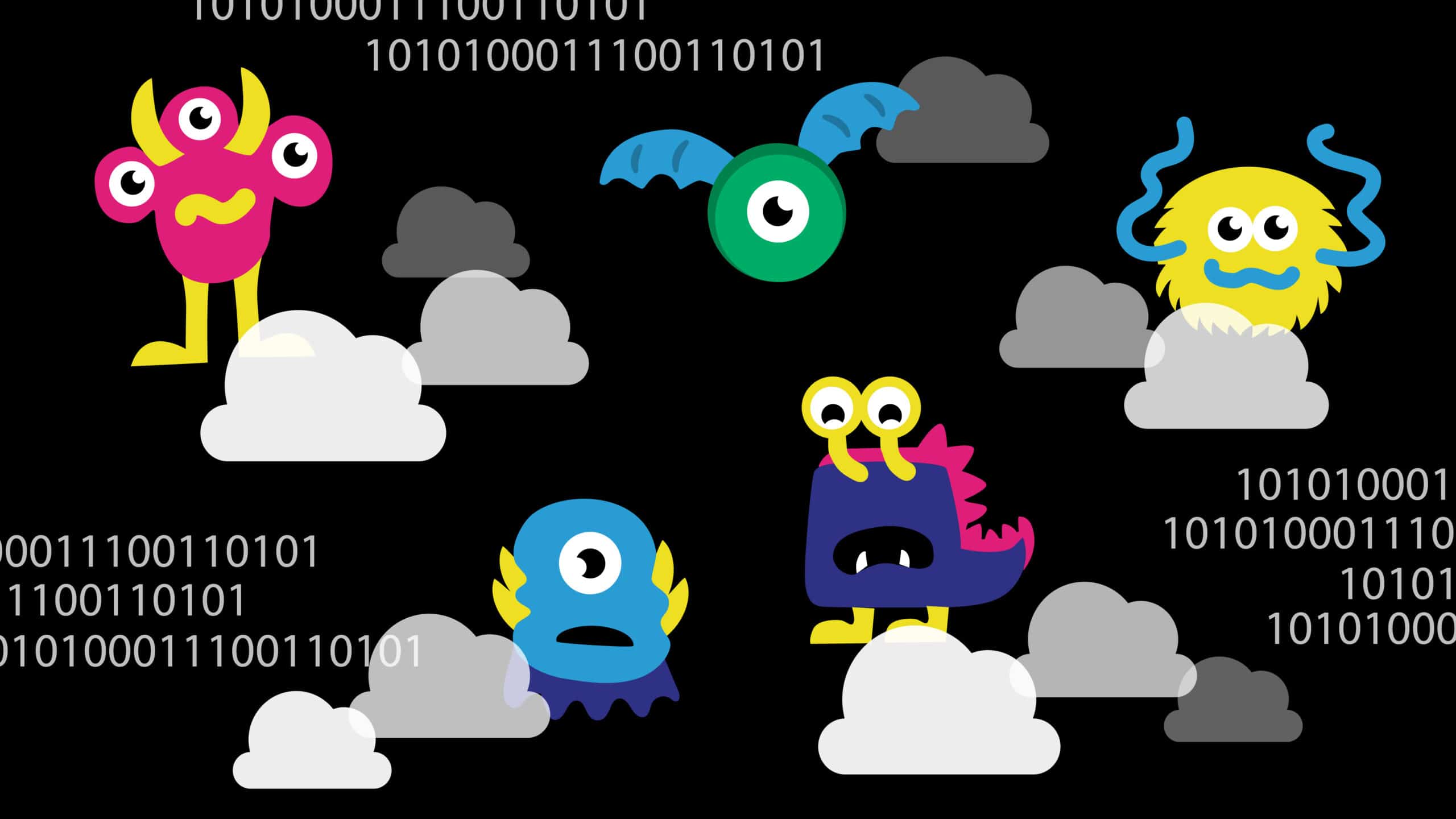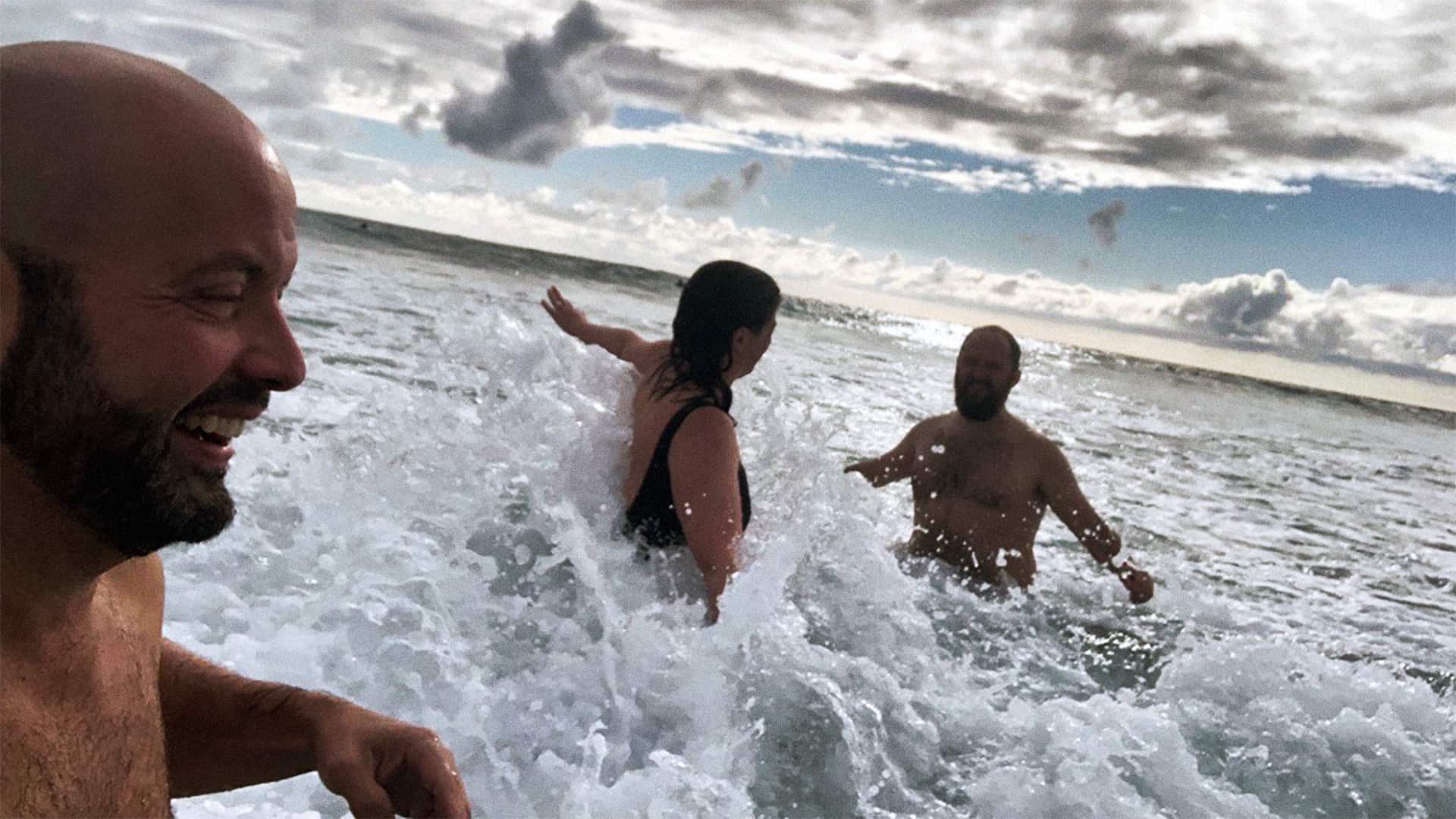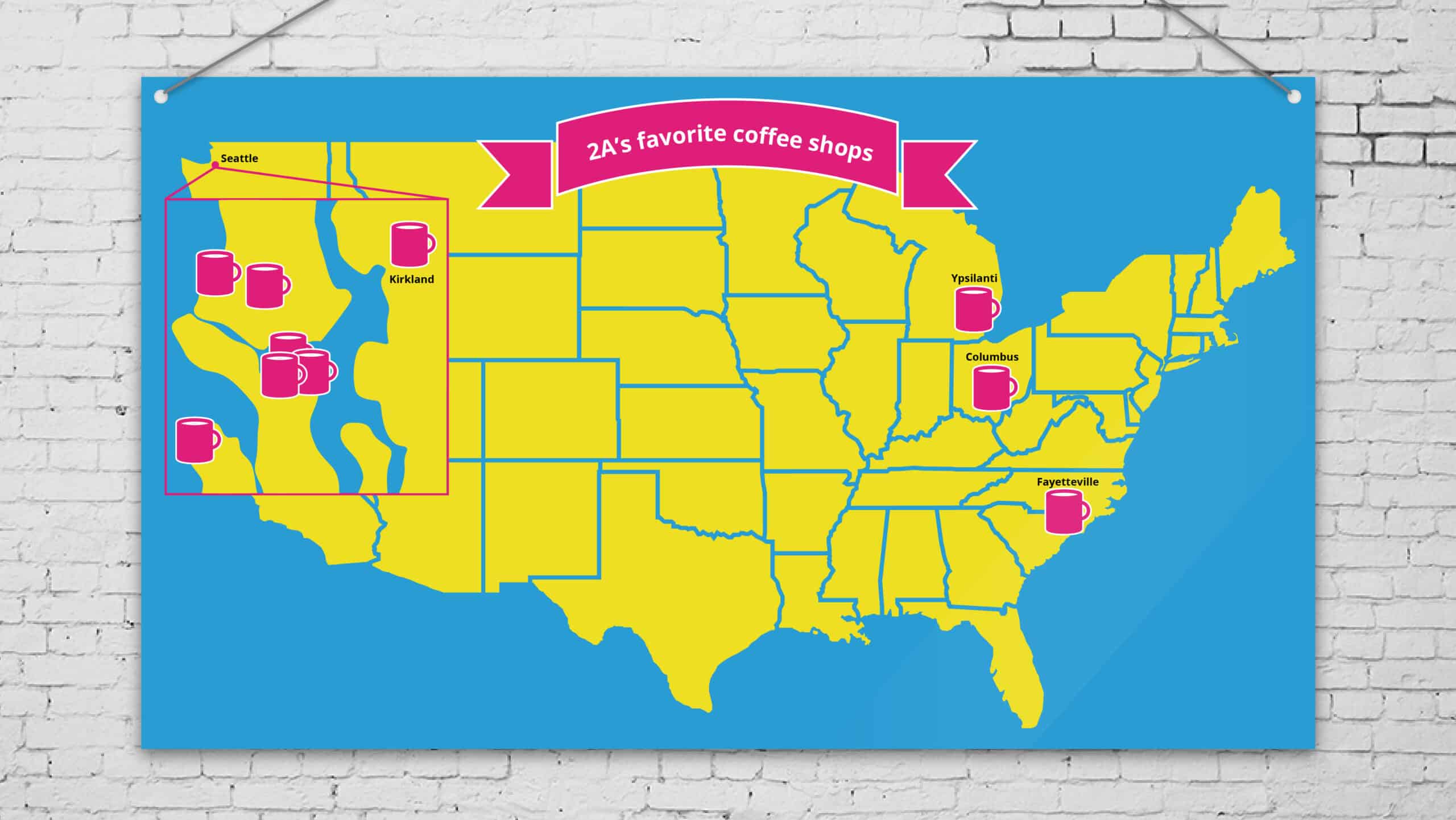
If you fell asleep during any of the Star Wars movies and felt annoyed when you awoke because the red and green shooting lights were STILL piercing the dark screen, you are not alone! And, if you think I’m a heartless jerk for falling asleep in the first place, get in line—colleagues are picketing my apathy as we speak. In the past, I would have argued that Star War-iors and Star Snore-iors inspired Rudyard Kipling’s saying “…ne’er the twain shall meet,” but recently a colleague and I tag teamed a keynote address that drew on the strengths of both camps. And what we ended up creating together was quite the force to reckon with!
Building a technology keynote from the ground up is a labor of love (and my oh my, do we ever love it!). At its core you might think, a keynote is just a PowerPoint deck and a talk track. While that’s not wrong, the practice of building a keynote looks nothing like what it takes to make a normal pitch deck. A keynote is its own special snowflake for a lot of reasons (sounds like fodder for another blog, doesn’t it?), but from a writer’s perspective, what makes it especially fun is the added challenge of making the content relevant within the context of the event and weaving in the speaker’s personality to help them engage and connect with the audience.
A couple months ago, my brilliant teammates, Guy and Forsyth, were asked to create a keynote to kick off a multi-day developer event. It was kind of like they got a box with a bunch of parts (most of which were still under development) and were asked to build something new with them. Forsyth started by sifting through the pieces for a story that would make their final product inspire the developers in the audience. Fast forward a bunch of zany brainstorm sessions later, and they had landed a fun Star Wars theme in which the technology describes a bridge to a universe of possibilities.
While we call it a theme, Forsyth made it so much more. She wrote a highly nuanced storyline comparing the capabilities of Jedi at different levels of their training to the benefits of specific databases. She referenced inter-character backstories and iconic movie scenes. It was a sheer work of art for anyone, especially pro-sci-fi developers and Star War-iors.
However, as it tends to happen in keynotes about burgeoning technology (and war-torn galaxies), our heroes faced setbacks. Forsyth was called on a higher mission (the highest really—her first family vacation post-COVID), and I stepped in to get the keynote over the finish line. Whereas she wrote her Star Wars heart into every line of that talk track, I picked, prodded, and googled every reference to find the ones that would appeal to a broader audience, so Star Snore-iors would connect with it too.
The final keynote talk track struck a solid balance between the Star Wars enthusiasts and…the rest of us. In hindsight, our tag-team approach worked better than we imagined. We delivered a fun, relatable, and highly informative keynote that our clients loved—and so far we haven’t heard of one person who fell asleep lost in space.









